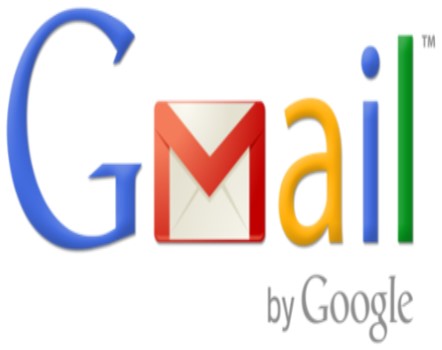Writing an email is a subtle science and an exact art.
For the most part, we can apply the basic principles of writing to the email — brevity, clarity, rhythm and, most importantly, controlled passion. Both personality and pathos can be conveyed in the versatility of the blank page of the email — rainbow font, emojis and GIFs are appended after every sentence, and obliquely relevant music videos are mainstays in the new avant-garde of electronic communication.
Should we sign off with “Best”? “Cheers”? “XOXOXO”? Or nothing at all? The choices are endless. And nothing seems more passionate than the curse that would befall my loved ones if I failed to pass that chain letter to every person in my address book. Even spam can be poetry. But the very “passion” and limitless possibilities of email have come under threat by an unspoken “etiquette” and the ideal simplicity of “EOM.”
By this point, you may or may not have reached a little over 2,000 unread emails. These may or may not consist of spam, event notices from two years ago and lunch plans with that one friend you never got around to telling that, no, you’re not free on Monday for a drink and pick-up basketball. As the years pass, and the number of subscribed mailing lists and jilted lunch dates exponentially grows, email becomes less of a chore and more of a futile excavation to reach that elusive “Inbox (0).”
Don’t get me wrong — signing up on all the mailing lists is the best way to find new opportunities and stay informed (or if not to be informed, then to keep tabs for the shady sake of keeping tabs). And, understandably, there is a kind of communal edict that we should feel guilty for sending one extra email — because we are requisitioning someone’s time for ourselves. But the principles of clarity and brevity have taken precedence over all else, speed and minimal effort being the moral imperative.
We don’t necessarily send an email to “converse,” in the sense of having a dialogue or keeping company. Rather, we command our recipient to “Take this class!,” “Apply to this program!,” “Read this article!,” “Go to this event!,” “Fill out this form!” And if not in imperatives, then we interrogate to obtain concrete logistics, secure demarcated slots of time. We plan, we phish, we shamelessly self-promote — but we do not email to “talk.” But our expectation of relationality has not disappeared just yet.
The era of long missives carried by boat and pony has for the most part passed; it’s hard to find the willpower to tend to a wall of text brick by brick. In that sense, the “tl;dr” is a transitional append that renders irrelevant everything said before it by “getting right to the message.” But this brevity is not without its own ambiguities.
We impose two– to five-sentence limits to streamline reading and composition — and yet, there is a level of curtness that renders this exchange purely transactional. A “Sure. Thanks.” might well just be bare positive affirmation, but it might also be as salty as the Dead Sea or burning with unadulterated resentment. They might actually hate you, or you could just be too sensitive, who knows. Anything without exclamation points or smiley faces to replace vocal inflection and facial expression leaves us with the interpretational void of pure language. These electronic missives are not meant to be written or read with intimacy. But email and text are the forms of communication we use most throughout the day.
We can still cause a sting by sending just an “O.K.,” or an uncustomized email template addressed to the wrong person. We can practice a whole new level of passive-aggressiveness by sequentially ignoring that person’s email, texts, phone calls, Facebook/Snapchat/Tinder messages (or responding with so many GIFs and aesthetic wizardry that their computer becomes paralyzed in fear). And if we really want our flaky lover to say “I love you” back, the best way to get a response, according to the response formula distilled by some email experts, would be to say “I love you?”
Certainly there is good in brevity — it’s a challenge to sufficiently convey information and intentionality without breaking 10 words. And it’s cruel and unusual to force someone to spend more than 30 seconds to read your carefully composed message. Reduction to pure essence can be useful. But when so many of our interactions are no longer face-to-face (or, indeed, may never be face-to-face, for our colleagues working remotely), these textual connections still demand to be interpreted, judged, cherished. Gmail, however presumptuous, is onto something when it labels (almost) every email you receive as “important.” There’s value in putting care and thought to what we say to each other electronically, as there is when we are able to say it to them in person.
The email is an art that you’ll need to inevitably practice throughout your life — whether it be diplomatically reminding your supervisor that your letter of recommendation is due in three hours, breaking up with your lover of four years or showing care and support for a friend when you cannot face-to-face. It’s a gift to receive links to cat videos and articles to add to your library of personality quizzes and unread op-eds. And it’s still miraculous that we are able to communicate with each other — no matter how far we may be or how disconnected we may have become. Even with the spammers.
And if you have to send one extra email, don’t apologize — they could always ignore it anyway.
Contact Vivian Lam at vivlam25 ‘at’ stanford.edu.
